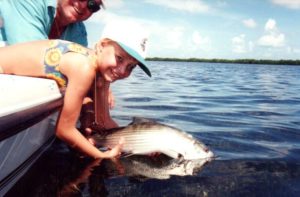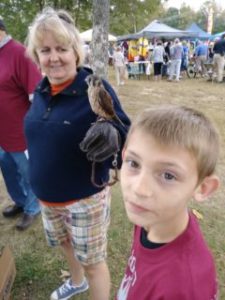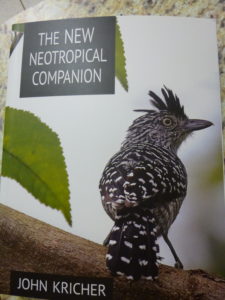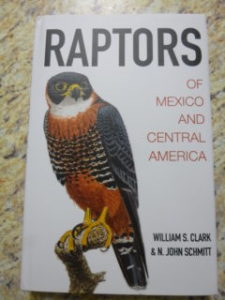
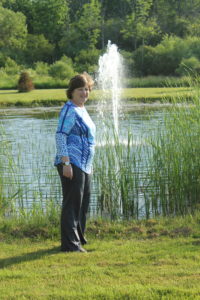
Today was especially auspicious, as the deer with and without antlers and testicles were feeding along a weed whacker line I made near the pond (the pond brings many varieties of ducks and geese over the year to rest and feed) to keep our paths from growing wild and hiding some other unsavory visitors. These serpent critters such as water moccasins come looking for a red- eared, or blue-gilled sunfish, or a bass fish dish alongside the weedy shallows, along with some other potentially poisonous water snakes that we all prefer not to tread on, or brush by, by accident. Sure, I have more squirrels and chipmunks per acre than probably anywhere in our area, as I have at least 150 trees per acre on our ten acre little farmstead, but until they get into our attic, I don’t shoot at them with anything more powerful than a stinging B-B gun to keep them from clearing the bird feeders within an hour or less.
The trees are mostly big trees of nut and flower, oaks, black walnut, maples and almond, the billions of leaves- each one slightly different than the other, keep us shaded and cool in the summer. Together with the blueberry, blackberry, raspberry, gooseberry bushes and a sundry, seed bushes, not to mention our grown fresh veggies and herbs, we have a fine cornucopia. I guess that in the great profusion of wild plants, it would take a true horticulturist to be able to name them all. I love waking and spending my day writing, looking out and on our land and up-keeping and gardening here.
I guess the reason for this post is I really feel blessed to wake up to nature, and the honeysuckle, roses, peonies and lilac bushes blended a sweet natural aroma to a day full of promise that anyone could enjoy if they gave their I phone, laptop and TV a rest for a day or, two a week!
